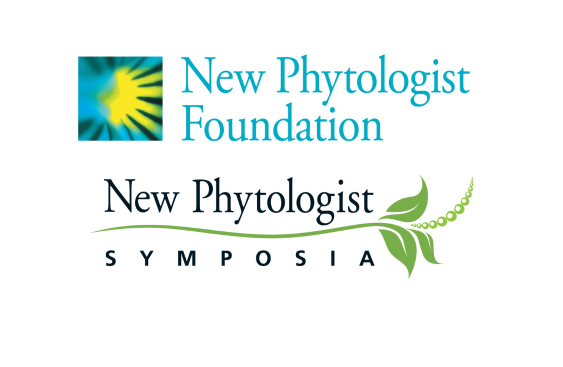Scope
The colonization of the land by plants is one of the most formative episodes in Earth History, creating a habitat for animals, forming a key symbiosis with fungi, and forever changing global biogeochemical cycles. Major anatomical innovations acquired early in the plant evolutionary lineage are widely believed to have led not only to its evolutionary success, but also to increased weathering rates, increased generation of oxygen, and the sequestration and storage of carbon over geological timescales. However, while the causal connections between the evolution of Earth and plant life are widely appreciated, they are far from being substantiated and almost every aspect of our understanding of the evolutionary emergence of the plant lineage is contentious. We will bring together an interdisciplinary team of Life and Earth Scientists who will focus on the following themes:
Interrelationships: The interrelationships of the living bryophyte-grade lineages (living relatives of the first land colonizers) remain problematic as do the interrelationships of the living fungi (especially mycorrhizal spp). These uncertainties make it difficult to understand the tempo and timeline of terrestrialization and how early plants contributed towards weathering. Phylogenomics is making major impacts in these areas – but there are unresolved questions.Unresolved issues include (i) relationship between embryophytes and streptophyte algae (ii) relationships among early diverging groups of land plants.
The anatomy of the fossil remains of the earliest plants. This is incompletely known and needs to be better understood in order to understand the timing and evolutionary significance of key evolutionary developments. Developmental genetics of early diverging groups of land plants will help deduce the structure and organisation of ancestral gene regulatory networks controlling morphology and development.
Global biogeochemical models. These do not account for uncertainty in the timing of plant and fungal terraforming, and do not encompass accurate proxies for weathering. These deficiencies need to be addressed.
How can understanding of the physiology of extant plants inform our understanding of Palaeozoic biogeochemical cycles?
Abstract book
Download the abstract book (PDF)
Meeting Report
Read the 38th New Phytologist Symposium Meeting report: 'Life's a beach – the colonization of the terrestrial environment' by Andrew Plackett and Juliet Coates.
Organising committee
Alistair Hetherington, University of Bristol, Bristol, UK
Liam Dolan, University of Oxford, Oxford, UK
Philip Donoghue, University of Bristol, Bristol, UK
Dianne Edwards, Cardiff University, Cardiff, UK
Julie Gray, University of Sheffield, Sheffield, UK
Jill Harrison, University of Bristol, Bristol, UK
Chris Hawkesworth, University of Bristol, Bristol, UK
Simon Hiscock, University of Oxford, Oxford, UK
Harald Schneider, Natural History Museum, London, UK


